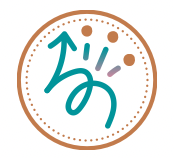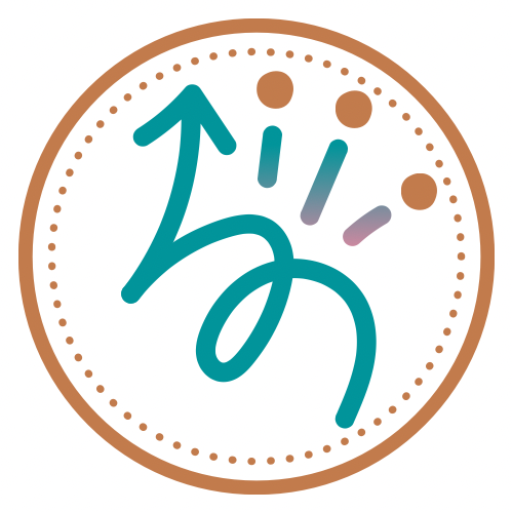Thumbless Mittens: Adaptive Winterwear
Find out how to make your own upcycled thumbless mittens using a felted wool sweater. The purpose of these handy adaptive mittens allows a quick way to facilitate hand insertion into the glove. Additionally, a sewing machine or needle and thread are needed for this quick and simple project.

This content is not intended as a substitute for medical advice, diagnosis, or treatment. Always seek the advice of your physician, therapist, or other medical professional regarding a medical condition or treatment. This content is for informational purposes only. See full disclosure here.
All links in this post are non-affiliate links, and are provided for your convenience.
What Are Thumbless Mittens?
Thumbless gloves are essentially shaped like mittens, but do not have an individual space for the thumb (or fingers). This type of adaptive gloves and mittens make it easier to insert the hand without having to place the fingers and thumb individually. These adaptive mittens are great for those with:
- Limb differences
- Differences in muscle tone of the hand(s), low and high tone (spasticity)
- Anyone who has difficulty extending the fingers or thumb to place in a glove or mitten may benefit from using thumbless gloves
- Hand injuries
- Arthritis
- Stroke recovery
- Anyone who would like to insert the hand into a mitten or glove with more ease
- No unused portion of the gloves

What Materials Are Needed To Make Thumbless Mittens?
A 100% felted, wool sweater is needed for this project.
If you are in need of a wool sweater, check your closet for any 100% wool sweaters that you wouldn’t mind using for this project. Otherwise, ask your friends and family, and of course you can check your local thrift store. Just make sure to check the tag.
Of course, and if you are like me, I have accidently felted and shrunk wool sweaters by mistake. Instead of throwing it out, I always saved them for projects just like this.
100% Wool Sweater
All sweaters must be 100% wool. Check the sweater tags to see what materials were used to make the sweater. The tag must say that it is made of “100% wool”. For this reason, no other material can be used in the sweater otherwise the sweater will not felt.
Felting A Wool Sweater
First to felt a sweater, wash the sweater in HOT water. Once the wash cycle is complete, place it in the dryer on the high heat setting and allow the sweater to completely dry. Furthermore, the heat from the washer and dryer is what felts the sweater, shrinking it. Additionally, felting the sweater allows you to cut the sweater and the ends will not fray. The fibers will bound together making it thicker and more dense as well.
Lining The Mittens With Other Materials
If needed, you can line the inside of the gloves with a soft material. For some people, the wool material may be itchy. If this is the case, line the inside of the gloves with a soft, strong material of your choice. Of course, make sure when sewing that all edges are secured. Furthermore, add a “quilted” pattern to secure the two types of fabric to each other inside the mittens if needed.
Trouble Shooting The Sizing
As far as I know, there is not a sure fire way to pick out a specific size sweater, felt it, and have it 100% fit of the time. For example, the navy blue sweater I used, was a child’s size 10-12, and the actual mittens would comfortably a young child under the age of eight most likely.
If your wool sweater shrunk too much, and is too tight, do not despair. Follow the instructions on this video for how to make felted wool mittens out of the body of the sweater, just do not create a thumb space.




How To Make Thumbless Mittens
Materials
- 100% wool sweater
- Access to a washing machine and dryer
- Sewing machine with thread, or needle and thread for hand sewing
- Decorative additions such as buttons or felted flowers
- Iron and ironing table (optional)
Instructions
To felt a sweater using a washing machine:
- First, place the 100% wool sweater in a washing machine and wash using HOT water and a mild detergent to agitate the sweater which will shrink and tighten the fibers, limiting the sweater’s stretchiness.
- Next, place the sweater in the dryer on the highest heat setting and allow the sweater to completely dry.
- If you are questioning whether your sweater completely felted, snip a small area and see if the threads separate and start to fray. If the threads do fray, place the sweater back in the dryer on high heat. If it still does not felt, you can repeat the process starting with step 1. Just make sure the sweater is actually 100% before starting over.
How to make thumbless gloves:
- First, as seen in the picture above, place your forearm inside one sleeve of the felted sweater. Make sure the sleeve fits just right, not too tight, not too loose. Keep note where the fingers end, or place a push pin. If the sleeves of the sweater are too tight, check out this video on how to make felted mittens from the body of the sweater.
- Next, remove your arm from the sweater. Using scissors, cut approximately a half inch past where the fingers ended for the seam allowance.
- Using the first sleeve as a guide, measure the same length for the second sleeve.
- Trim any edges, ensure the edge around the fingers is rounded and even.
- Turn both sleeves inside out.
- Next, thread your needle but do not tie a knot. Starting at the side, push the needle and thread through both layers leaving a 2″ tail. Make a double knot using the 2″ tail and the rest of the thread so that the thread is tied around both layers. This will ensure the knot does not pull through. If needed check out the video mentioned above.
- Next, sew a straight stitch or blanket stitch around the opening, closing the seam. I used a blanket stitch, make sure the stitches are close together for either stitch. Here is a video that can help you learn the blanket stitch if needed. If you are unsure if your stitches are close enough together, you can sew another line over the original stitches to make them more secure.
- Now turn the mittens right side out. Iron the mittens flat if needed along the seam.
- Lastly, add any embellishments if you choose such as felted flowers or buttons (optional).
- Done! Wear, stay warm, and enjoy!
Resources
- Watch this video for how to do a blanket stitch. The beginning knot is also included in this video.
- Looking for more adaptive winterwear? Check out this post from Equip 2 Adapt.





